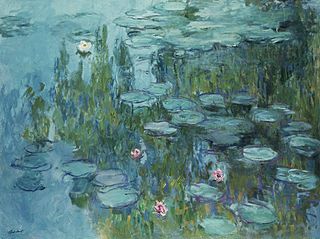
Cyan is the color between blue and green on the visible spectrum of light. It is evoked by light with a predominant wavelength between 500 and 520 nm, between the wavelengths of green and blue.

Charles Henry Alston was an American painter, sculptor, illustrator, muralist and teacher who lived and worked in the New York City neighborhood of Harlem. Alston was active in the Harlem Renaissance; Alston was the first African-American supervisor for the Works Progress Administration's Federal Art Project. Alston designed and painted murals at the Harlem Hospital and the Golden State Mutual Life Insurance Building. In 1990, Alston's bust of Martin Luther King Jr. became the first image of an African American displayed at the White House.
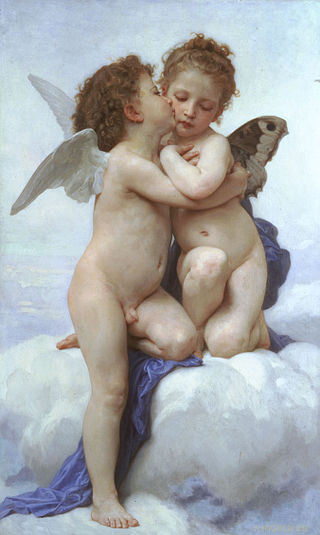
L'Amour et Psyché, enfants is an oil painting by William Adolphe Bouguereau in 1890. It is currently in a private collection. It was displayed in the Salon of Paris in 1890, the year Bouguereau was President of the Société des Artistes Français. The painting features Greek mythological figures Eros and Psyché, sharing an embrace and kiss. Bouguereau was a classical-style painter in the Neoclassical era of art. The painting is characterized by the frothy background the figures delicately stand on. It depicts the beginning of the forbidden romance of Cupid and Psyche, a popular subject at the time of execution.

Café Terrace at Night is an 1888 oil painting by the Dutch artist Vincent van Gogh. It is also known as The Cafe Terrace on the Place du Forum, and, when first exhibited in 1891, was entitled Coffeehouse, in the evening.
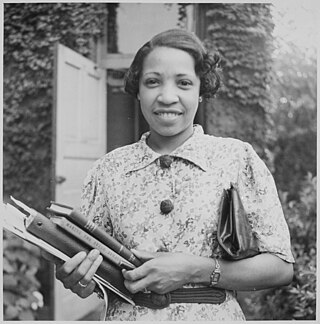
Lois Mailou Jones (1905–1998) was an artist and educator. Her work can be found in the collections of the Smithsonian American Art Museum, The Metropolitan Museum of Art, the National Museum of Women in the Arts, the Brooklyn Museum, the Museum of Fine Arts, Boston, Muscarelle Museum of Art, and The Phillips Collection. She is often associated with the Harlem Renaissance.

Julie Mehretu is an Ethiopian American contemporary visual artist, known for her multi-layered paintings of abstracted landscapes on a large scale. Her paintings, drawings, and prints depict the cumulative effects of urban sociopolitical changes.
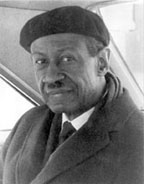
James Amos Porter was an African-American art historian, artist and teacher. He is best known for establishing the field of African-American art history and was influential in the African American Art movement.

Alma Woodsey Thomas was an African-American artist and teacher who lived and worked in Washington, D.C., and is now recognized as a major American painter of the 20th century. Thomas is best known for the "exuberant", colorful, abstract paintings that she created after her retirement from a 35-year career teaching art at Washington's Shaw Junior High School.

Alexander "Skunder" Boghossian was an Ethiopian-Armenian painter and art teacher. He spent much of his life living and working in the United States. He was one of the first, and by far the most acclaimed, contemporary Black artists from the African continent to gain international attention.

The Assumption of the Virgin or Frari Assumption, popularly known as the Assunta, is a large altarpiece panel painting in oils by the Italian Renaissance artist Titian, painted in 1515–1518. It remains in the position it was designed for, on the high altar of the Basilica di Santa Maria Gloriosa dei Frari or Frari church in Venice. It is the largest altarpiece in the city, with the figures well over life-size, necessitated by the large church, with a considerable distance between the altar and the congregation. The images above and below are not Titian's work, they are by Palma Vecchio. It marked a new direction in Titian's style, that reflected his awareness of the developments in High Renaissance painting further south, in Florence and Rome, by artists including Raphael and Michelangelo. The agitated figures of the Apostles marked a break with the usual meditative stillness of saints in Venetian painting, in the tradition of Giovanni Bellini and others.

Malvin Gray Johnson was an American painter, born and raised in Greensboro, North Carolina.
Wadsworth Aikens Jarrell is an American painter, sculptor and printmaker. He was born in Albany, Georgia, and moved to Chicago, Illinois, where he attended the Art Institute of Chicago. After graduation, he became heavily involved in the local art scene and through his early work he explored the working life of African-Americans in Chicago and found influence in the sights and sounds of jazz music. In the late 1960s he opened WJ Studio and Gallery, where he, along with his wife, Jae, hosted regional artists and musicians.

Proserpine is an oil painting on canvas by English artist and poet Dante Gabriel Rossetti, painted in 1874 and now in Tate Britain. Rossetti began work on the painting in 1871 and painted at least eight separate versions, the last only completed in 1882, the year of his death. Early versions were promised to Charles Augustus Howell. The painting discussed in this article is the so-called seventh version commissioned by Frederick Richards Leyland, now at the Tate Gallery, with the very similar final version now at the Birmingham Museum and Art Gallery.

The Baptism of the Eunuch is a 1626 painting by the Dutch artist Rembrandt van Rijn, owned by the Museum Catharijneconvent in Utrecht since 1976. It shows Philip the Evangelist baptising an Ethiopian man, a eunuch, on the road from Jerusalem to Gaza, traditionally marking the start of the Ethiopian Church.
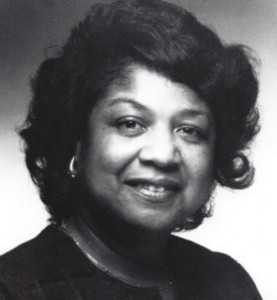
Tritobia Hayes Benjamin was an American art historian and educator. She began teaching in 1970 as professor of Art History at Howard University, College of Fine Arts, specializing in African-American art History and American art. Benjamin became the Associate Dean of the Division of Fine Arts in the College of Arts and Sciences at Howard University, and had served as Gallery Director.

Brother Brown is a painting by Lois Mailou Jones. It is in the collection of the Smithsonian American Art Museum in Washington, D.C. in the United States. The painting is an early example of the Jones' regionalism work.

Les Fétiches is a painting by Lois Mailou Jones. It is in the collection of the Smithsonian American Art Museum in Washington, D.C. in the United States. It is one of many in her body of work featuring African masks and is one of her best-known paintings.
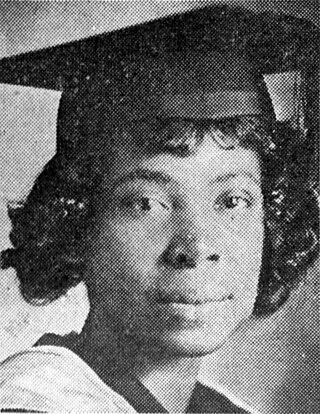
Gertrude P. McBrown (1898-1989) was an American poet, playwright, educator, actress, and stage director. Although her career lasted well beyond the 1930s, she is sometimes grouped with writers of the Harlem Renaissance.
Russell Nesbit was an acrobat, coach, and leader of the Flying Nesbits, who performed live and on television beginning in the 1950s. He was also an art model in the Washington metropolitan area from the late 1940s until the 1990s. He died in November 2001 of colon cancer at the age of 81.